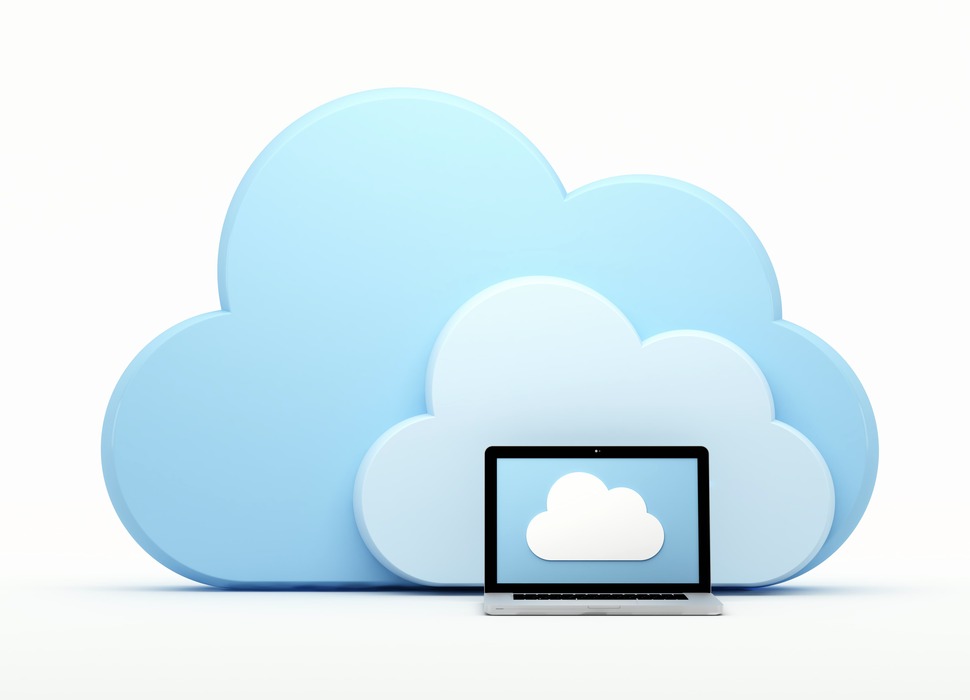Cloud computing became more popular between 2020 and 2021 as companies adapted to the global pandemic by focusing on digital service delivery.
Its rise is expected to continue as new capabilities and deployment patterns constantly emerge that will provide organizations of all sizes and industries with more ways to consume and benefit from their cloud investments.
Thus, it is estimated that global spending on cloud services will reach 482.155 billion dollars in 2022, compared to 313.853 billion dollars in 2020 according to Gartner. While it is impossible to predict the future with certainty, it can be helpful for companies to consider some of the trends that could cause changes in the industry.
What Will Be the Most Prominent Trends in Cloud Computing in 2023?
1) Alternative cloud providers that support multi-cloud and hybrid solutions
In a hands-on approach to cloud computing, IT and business leaders will select cloud solutions designed to support their organizations’ specific goals. As a result, many companies have found themselves in a multi-cloud environment, using different products from different vendors. A hybrid cloud approach, where some applications are hosted on-premises and others are hosted in the cloud, which can help reduce complexity.
Developers and companies are increasingly looking for employment alternatives. As the cloud market continues to boom, more organizations are looking to cloud providers that can meet their specific needs, rather than complex and expensive offerings. This trend will continue to gain strength as multi-clouds become the dominant cloud strategy for enterprises.
2) Artificial Intelligence (AI) Powered by Cloud-Based Machine Learning (ML)
As businesses continue to embrace digital transformation, IT operations teams must be equipped with the right mix of people, processes, and technology to optimally support business objectives.
This methodology not only reduces operating costs through automation, but also helps increase operational efficiency by providing real-time information on ongoing operations. AI/ML models (when trained and deployed in a cloud environment) can access vast amounts of data.
3) Cloud Computing, Blockchain and Security
As more companies move their workloads to the cloud, IT leaders will need to protect their organizations from cyber attacks. By the end of this year, IT environments are likely to shift from reactive to proactive cybersecurity strategies, with the goal of anticipating and mitigating problems as close to real time as possible.
Blockchain has the ability to seamlessly integrate into Cloud Computing systems, improving data protection and ensuring uninterrupted services. It has a significant impact on storage, transactions, and business processes by making them safer, faster, and more reliable to work with. Therefore, combining blockchain and the cloud for more security and decentralization results in better authorization, privacy, and efficiency.
4) Advancement in Serverless Computing and Sustainability
The cloud and related technologies can help energy conservation efforts in an always-on infrastructure model while managing costs efficiently. The serverless cloud is an exciting new option for enterprise application development.
Unlike server-based cloud platforms, which require users to pay for rented server time or fixed amounts of data storage, the serverless cloud allows businesses to pay only for the resources they use, and scale invisibly as needed. A serverless approach, on the other hand, allows for faster deployment and scalability of services.
The shift to cloud computing is expected to accelerate as more organizations recognize the benefits and efficiencies of running applications and services in the cloud. In fact, many companies have expressed their willingness to increase their use of SaaS (Software as a Service) applications by 50% or more. In the coming years, more organizations are likely to move their digital offerings to the cloud and make them available to a broader audience. This is likely due to increased demand for easier and faster access to content, as well as a desire for more administrative control over data storage and privacy.
 Subscribe
Subscribe
 Ask for a demo
Ask for a demo

 3 min
3 min
